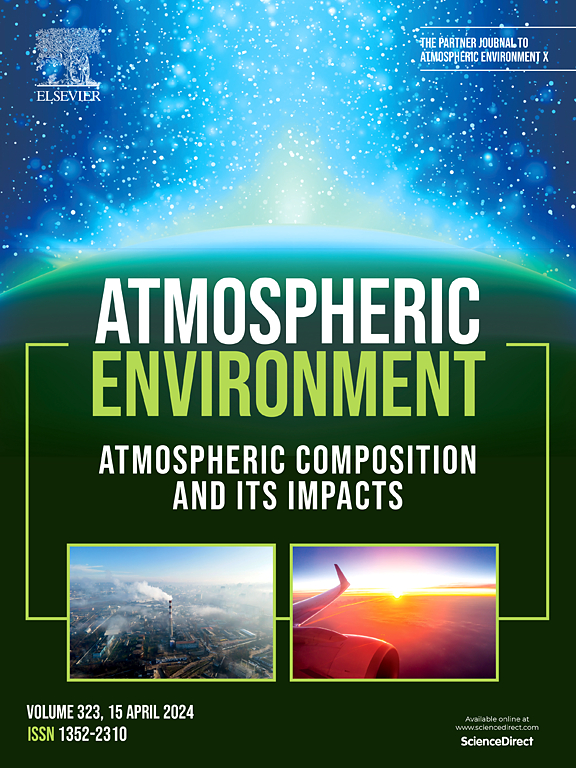Assessing the impact of climate change on summertime tropospheric ozone in the Eastern Mediterranean: Insights from meteorological and air quality modeling
IF 4.2
2区 环境科学与生态学
Q2 ENVIRONMENTAL SCIENCES
引用次数: 0
Abstract
This study evaluates the impact of climate change on tropospheric ozone (O3) concentrations in the Eastern Mediterranean using the Weather Research and Forecasting (WRF) and the Community Multiscale Air Quality (CMAQ) models. Simulations were conducted for a historical period (2012) and a future projection (2053) under SSP2-4.5 and SSP5-8.5 scenarios. Anthropogenic emissions were sourced from the EMEP/EEA inventory, while biogenic emissions were calculated using the MEGAN model. Model performance evaluations yielded R2 (RMSE) values of 0.71–0.85 (3.33–4.9) for WRF and 0.58 (8.35) for CMAQ, indicating reasonable predictive accuracy. Under SSP5-8.5 (SSP2-4.5), the WRF model projects an average summertime temperature increase of 1.6 °C (1.2 °C) and a significant decline in precipitation across the Eastern Mediterranean. Air quality simulations show a regional increase in summertime O3 concentrations by 3.5 ppb (3.0 ppb) under SSP5-8.5 (SSP2-4.5), with the most pronounced increases occurring in the southeast. Conversely, a significant reduction in O3 concentrations is observed over the Marmara Sea and parts of Istanbul in both scenarios. This reduction is attributed to climate-induced processes, including accelerated O3 photolysis in moist conditions and enhanced O3 consumption by NOx in the NOx-saturated regime of the Marmara Sea region. Additionally, analyses reveal a significant increase in O3 levels in Istanbul under SSP5-8.5, while Bursa shows notable increases under both scenarios. These findings underscore the need for targeted emission control measures to mitigate future O3 pollution in the region.

求助全文
约1分钟内获得全文
求助全文
来源期刊

Atmospheric Environment
环境科学-环境科学
CiteScore
9.40
自引率
8.00%
发文量
458
审稿时长
53 days
期刊介绍:
Atmospheric Environment has an open access mirror journal Atmospheric Environment: X, sharing the same aims and scope, editorial team, submission system and rigorous peer review.
Atmospheric Environment is the international journal for scientists in different disciplines related to atmospheric composition and its impacts. The journal publishes scientific articles with atmospheric relevance of emissions and depositions of gaseous and particulate compounds, chemical processes and physical effects in the atmosphere, as well as impacts of the changing atmospheric composition on human health, air quality, climate change, and ecosystems.
 求助内容:
求助内容: 应助结果提醒方式:
应助结果提醒方式:


